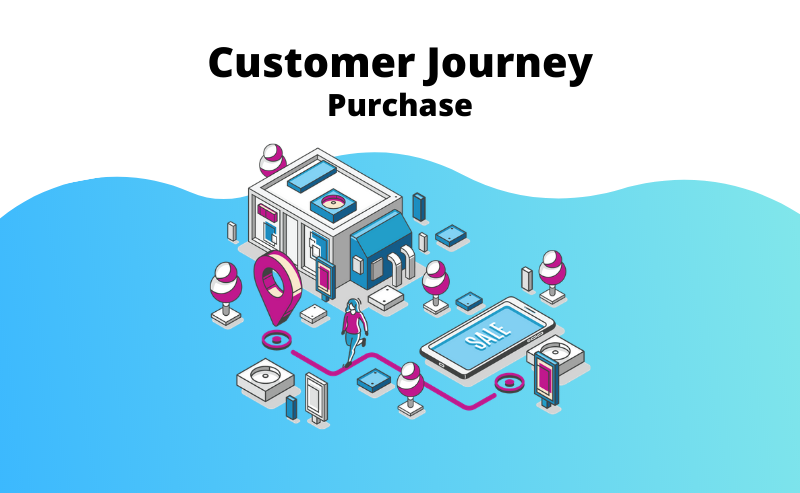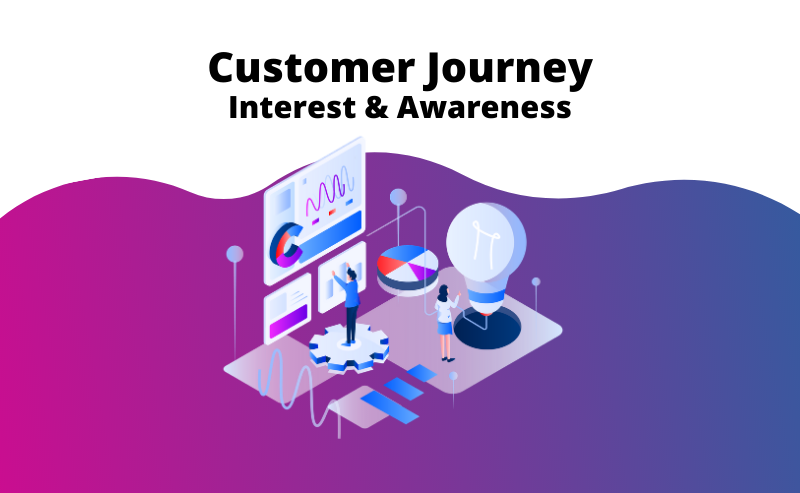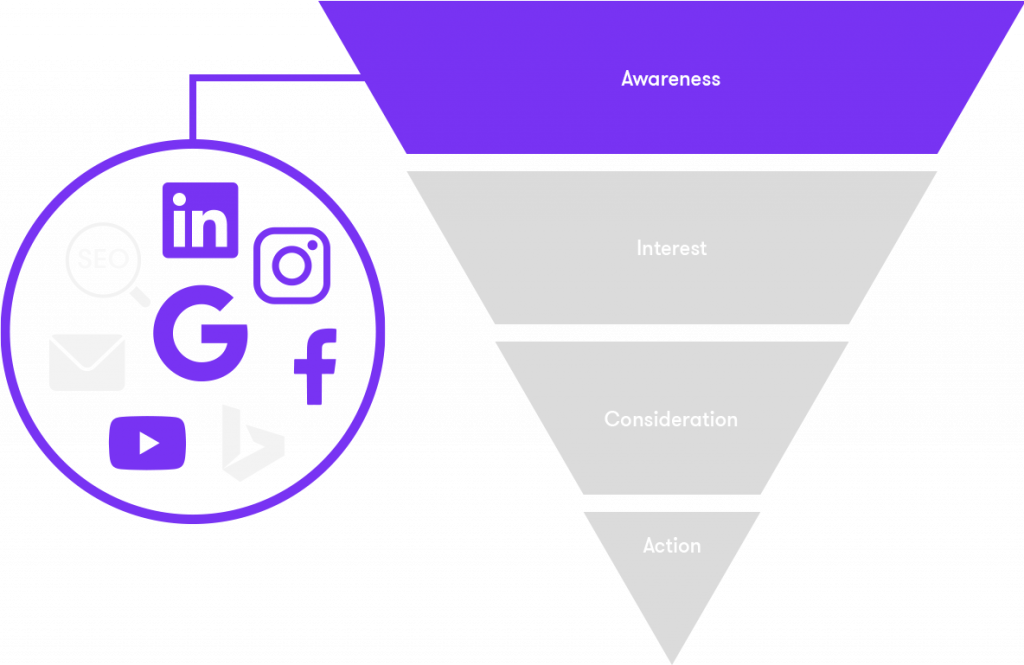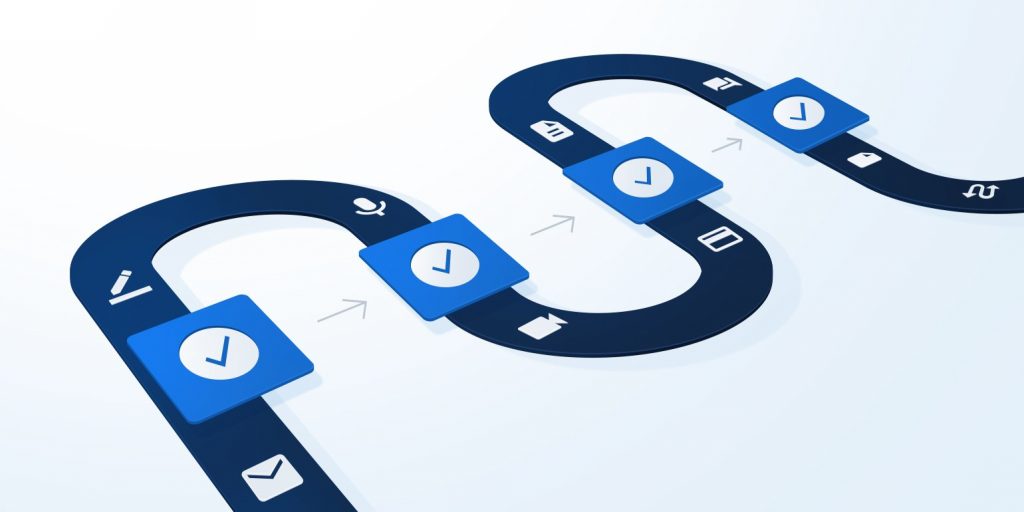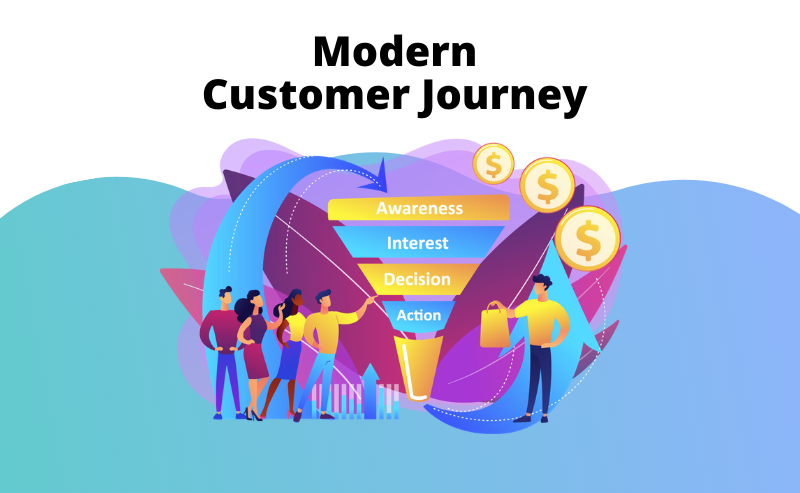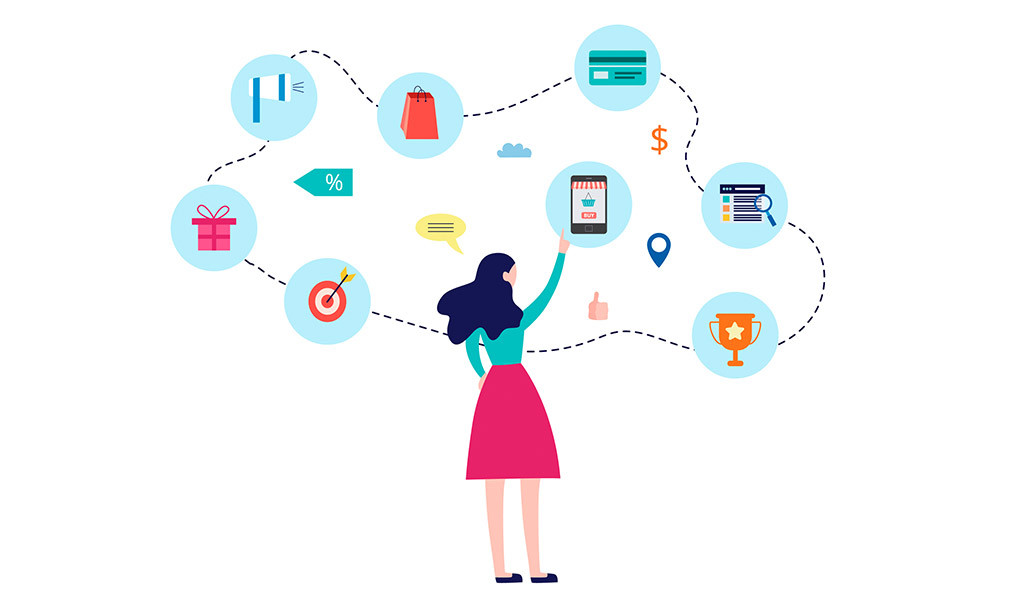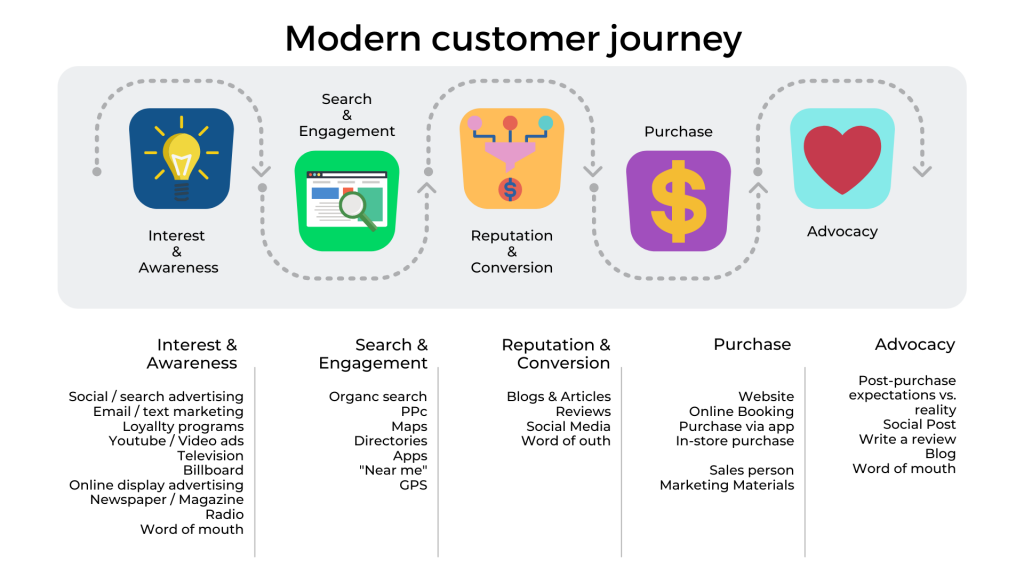With regards to the Purchase step of the customer journey, you need to make it as easy as possible for consumers to guide themselves through the buying process.
At this point, your customer is aware of your brand, has engaged with your campaign and you have their trust and you managed to convert them.
The purchase step has to be just a logical next step. If you have mastered the previous steps, the customer will not hesitate to take the next one. However, you still need to make sure you know your customer so you are actually able to make it this easy.
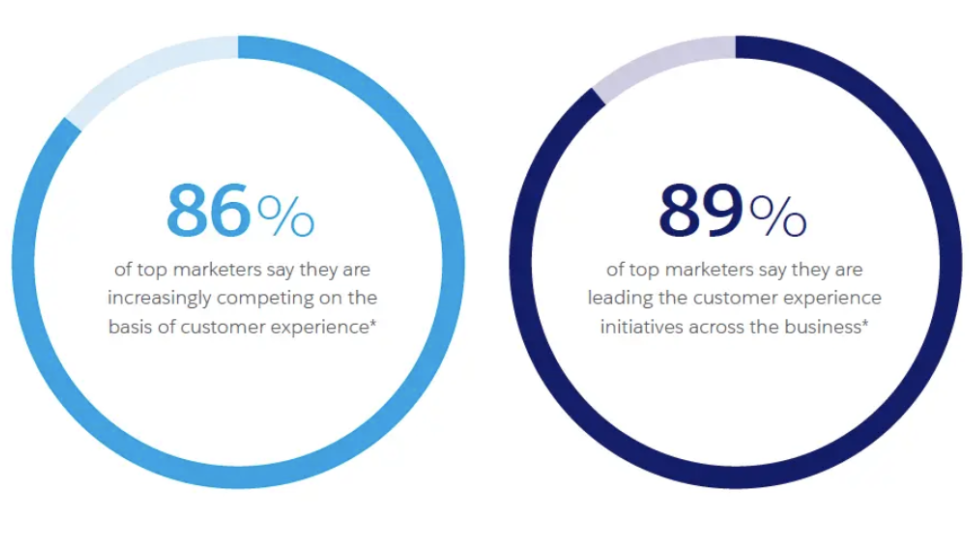
When the decision is made, and the purchase goes ahead, your customer was likely well targeted and is exactly a kind of a customer you will be having in the future again. If you are able to collect any additional information about the customer whether you use a customer survey or anything similar, you will be able to identify a target your customer better.
While 93% of B2B marketers have adopted content-driven marketing, only 23% are focusing on buyer personas. Your ideal customer persona is based on market research and real data about your existing customers.
Be sure to gather your audience’s demographic data and online browsing behavior. Eventually, the content you create should target at least one of your buyer personas, that you have based on your data.
Your experience also needs to be enjoyable, don’t overdo it with surveys and additional requests, so your customer does not feel pushed.
Kerry Munro, VP of E-commerce at Home Depot Canada, focuses on experience:
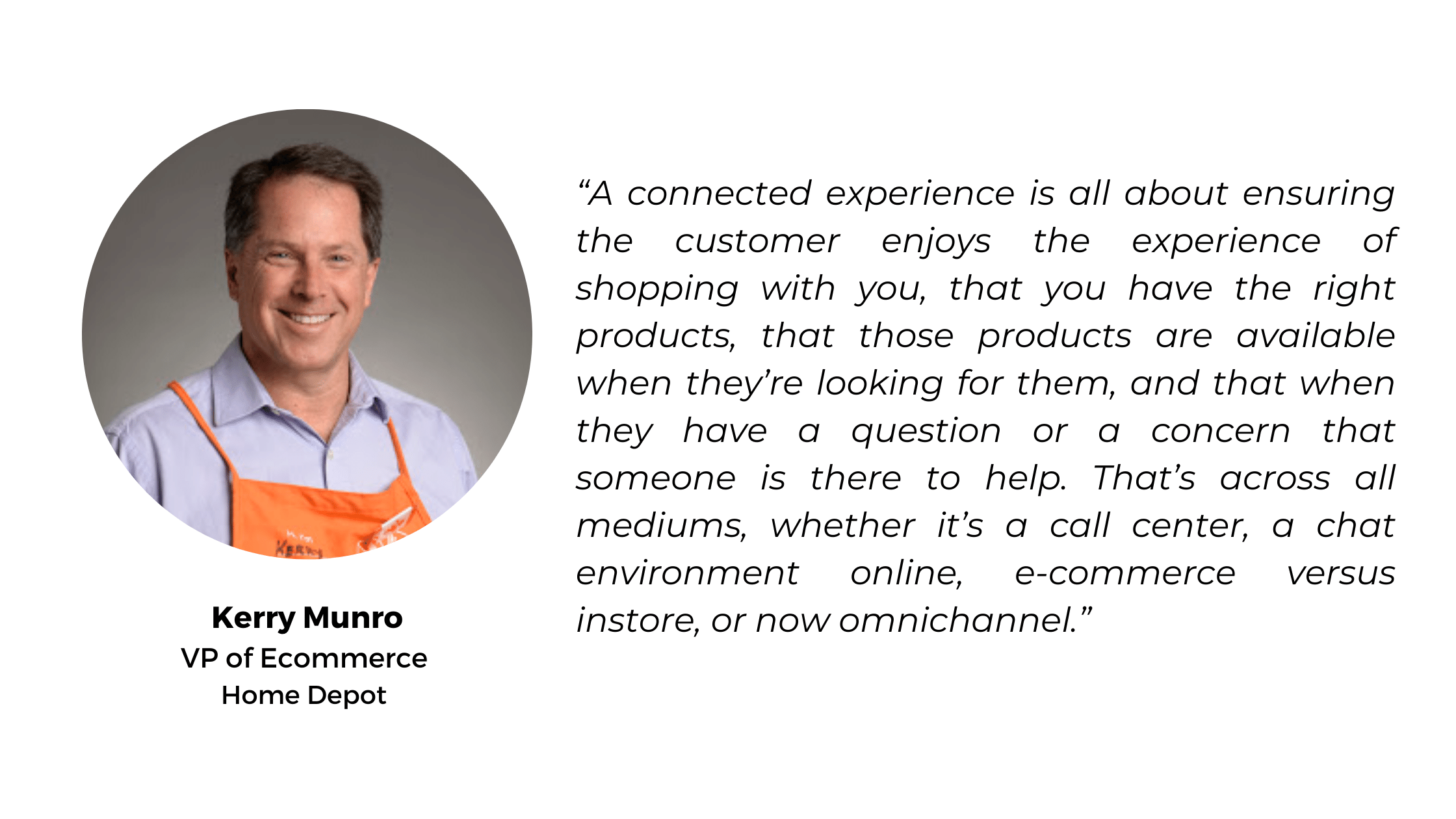
The process of observing your purchase phase and gathering data may actually show where the strengths and weaknesses of your sales funnel are. At this point, you see if your previous steps are good enough and if you have put enough effort in.
What to bear in mind
The key parts of the sales process that can make the process of buying your solution easy: Is your developers portal nice and organized? is your technical documentation easy to read and does it fully explains the technolgocial process? do you have a casestudies which describes the process of integration? How about your contracts do they have 12 pages or 2 pages and just 2 annexes? Does your invoice comes with QR code?
You need to really look for the details, because even small detail may get customers frustrated and prolong or even stop the purchase.

